1. Joyas voladoras (“flying jewels”) - they can only be hummingbirds: Europeans had never seen a hummingbird when they first arrived in the Americas. Because of their petite size and vibrant, beautiful coloring, they called the birds Joyas voladoras — flying jewels. Delicate as they are, they don't let their small size get in the way of being bold and unique in the animal kingdom. Here are some interesting facts about the world's favorite J. voldoras. Of the over 330 species of hummingbirds worldwide, they all live in the Western hemisphere. While they are mainly around the equator, these birds can migrate as far north as Canada and Alaska. According to a 2022 study from Yale University, published in Communications Biology, these iridescent, vibrant birds have more color variety in their plumage than any other bird species combined. (via Discover Magazine)
2. The loss of over 500 million birds in the last 40 years in Europe – here’s what one study says is the primary cause: Birds have long fascinated amateur and professional scientists, and close cooperation across Europe has created a deep body of knowledge about their habits, needs and numbers. Some of the longest-running datasets of their kind concern birds which live at least part of their lives in Europe. This data paints a grim picture: an estimated 550 million birds have been lost from Europe’s total population over the last 40 years or so. A new paper written with French researchers analyzed how 170 bird species have responded to human-induced pressures in Europe, using data collected at more than 20,000 monitoring sites across 28 countries over 37 years, including data from the UK. They found that chemicals used on farms to control insects and plants seen as weeds that might reduce crop yields are depriving many birds of their main food source, and that this is the single biggest cause of their decline across Europe. (via The Conversation)
3. Look up! A nice piece on urban birding from NPR: This time of year, there are a lot of seasonal visitors to our nation's capital — the avian kind, that is. Washington, D.C., is rated as having the nation's best city park system, and migratory birds flock here on their journey north, many of them having traveled thousands of miles to nest and breed. Early on a Sunday morning, I meet up with a few fellow birders to catch the tail end of spring migration. We gather in Fort Slocum Park, which formed part of the city's defenses in the Civil War. Just a few blocks long, it's set among brick rowhouses in the heart of D.C. But step into the park, up a slight hill, and the city quickly vanishes; you find yourself under a thick canopy of towering oaks and elms. (via National Public Radio)
4. Coastal conservation in South Carolina: This morning, I’m in Charleston, South Carolina exploring Seabrook Island’s coast with my Audubon colleagues. We’re searching for migrating Red Knots, a shorebird that stops over parts of the Atlantic Coast along its 9,000-mile journey to nest in the Arctic. (You can discover its full migration journey with the Bird Migration Explorer.) Seabrook Island and its neighbor Kiawah Island are two key beaches that the species relies on for survival. Early May is horseshoe crab spawning season, which means the wet sand along islands nearby is filled with their eggs, and outside of spawning, Seabrook Island is rich with donax clams. Horseshoe crab eggs and donax clams are what sustain the knots as they prepare to fly the remainder of their journey to their breeding grounds. (via Audubon)
5. Yikes! Botulism concerns in California’s Central Valley: After struggling through years of punishing drought, California waterfowl and flocks of migrating birds are now enjoying a rare bounty of water as winter storms and spring snowmelt submerge vast tracts of Central Valley landscape. But even as birders celebrate the return of wet conditions along portions of the Pacific Flyway, experts worry that this liquid bonanza could ultimately poison tens of thousands of the avian as temperatures rise and newly formed lakes and ponds begin to evaporate. The concern: botulism. Botulism occurs naturally in the soil and in the Tulare basin. When the water temperature heats up during the summer and gets stagnant, the botulism really kind of booms, and you can have multi-thousand-bird die-offs. (via Los Angeles Times)
6. Coffee, birds and tourism in Costa Rica (a continuing story in Central America): On this remarkable farm, Gonzalo is proving that tourism, agriculture and diverse nature can coexist. I watch the toucans all morning. Today they are busy with the guarumo trees’ wild fruit; Gonzalo leaves them to grow among the coffee, the toucans’ heads turning and tipping slowly as they inspect the branches. Then they delicately pick with that huge bill. No human could manage such a degree of harvest precision. Next day, I hike the area’s beautiful waterfalls with José from Asomobi, a cooperative society that helps local farmers develop projects in tourism, organics and agroforestry. (via The Guardian)
7. Solar projects and birds don’t always mix: The winter light is just beginning to fade. On this brisk February evening, a half-dozen birders are bundled up and scanning an open expanse of state land in upstate New York. They’re waiting for the marquee attraction: Short-eared Owls, elegant raptors that fly with distinctive, mothlike movements in search of prey. This gathering place for owl-seekers is part of the Washington County Grasslands, a 13,000-acre sweep of fields, meadows, and wetlands near the Vermont border. Fewer than 100 breeding pairs of Short-ears remain in New York, where they’re now classified as endangered—a decline in tandem with the steep loss of grasslands to development. Now a Quebec-based renewable energy company, Boralex, is eyeing 750 acres of the grasslands for a 100-megawatt solar facility expected to power approximately 28,000 households. (via Audubon)
8. “Tennessee warblers can’t do it” - A whimsical piece about “Nature’s Recruiters”: Three cheers for birds, trees and flowers so brilliant you can’t turn your head. These are nature’s recruiters. With one brief appearance, they can rivet the gaze of rushed people. Harried souls abound in our world. I’m one of them half of the time. It’s a backdrop before which life’s daily routine labors on. It’s a prop, a peripheral blur. How to change this perception? It’s tough converting preoccupied souls. Tennessee warblers can’t do it. They don’t pack sufficient pizazz. It’s not their fault they’re light green on top and gray underneath. In the natural world this color scheme gets the job done. Female Tennessee warblers find their subtle male counterparts attractive and vice versa. These warblers blend in with tree leaves quite well, too. Their camouflage helps them avoid sharp-shinned hawks. (via Press Connects)
9. What do the southern helmeted curassow and the Sira curassow have in common? – Read on: Responding to a Center for Biological Diversity lawsuit, the U.S. Fish and Wildlife Service today proposed protecting two curassows from Bolivia and Peru under the Endangered Species Act. Both birds are threatened by hunting and habitat destruction. The southern helmeted curassow is Bolivia’s most threatened bird. The species inhabits only a small area in the eastern Andes Mountains, and as few as 1,500 individuals may currently exist. Scientists petitioned the Service to list the southern helmeted curassow under the Endangered Species Act in 1991. But the curassow sat on the agency’s candidate list awaiting protections for 30 years, despite the bird’s small population and serious threats to its continued existence. Today’s proposal responded to a Center legal agreement setting Endangered Species Act deadlines for the southern helmeted curassow and six other foreign bird and butterfly species. (via Center for Biological Diversity)
10. Alert! - Don’t go near 100 S. Wacker Drive for a few weeks (and why BNI just loves Peregrines): They swoop and they dive, and they have a lot of commuters on-guard. All eyes are on a building at Wacker Drive and Monroe Street in the Loop. Two peregrine falcons are watching over their nest. But, pedestrians beware, they are protecting their babies. The birds of prey have made a nest at 100 S. Wacker Dr., on a seventh-floor window ledge. "We actually worked in this building for years, so we used to be able to see birds nesting outside," commuter Matt Bock said. "I just wanna make sure I don't get attacked." The building is warning people with a sign about these protective parents, after a commuter was recently injured. (ABC 7 Chicago)
11. New research on forest birds and their sensitivity to habitat fragmentation: Tropical forest birds, which tend to have wings that are short and round relative to their body length and shape, are more sensitive to habitat fragmentation than the long-, slender-winged species common in temperate forests, according to an international collaboration that included scientists from Oregon State University. The research builds on a 2019 study that was led by Betts and Wolf and published in Science. That paper had shown that the nearer a forest species lives to the equator, where animals evolved in environments that weren’t subject to large-scale habitat-altering events like fires and storms, the less well equipped the species is to adapt to current human-caused forest fragmentation. (via Oregon State University)
12. Since the breeding season is well underway, this piece caught our eye: On a fine Monday morning in May, a bluebird lays her first egg. She produces another one the next day, another on Wednesday and her fourth and last blue egg is added to her nest on Thursday. Nearly all songbirds do this, laying one egg a day until egg-laying is complete. It takes about two weeks of being incubated by the mother's body heat for the bluebird embryos to turn into tiny birds. But instead of hatching over four days, tiny young bluebirds tumble out of their shells within hours of each other. This is the norm in the songbird world. How do birds time it so their offspring are all about the same age when they hatch? And why do they do it? (via Star Tribune)
13. What in the world were they thinking?: Swans have long held sway in Manlius, an upstate New York village where the web-footed creatures have lived for more than a century. Residents had particular affection for Faye, a white long-necked bird who, for more than a decade, had been a fixture at a fenced-in pond owned by the village. And so people reacted with shock this week when the authorities announced that over the weekend three teenagers had stolen Faye in the middle of the night, killed her and then eaten her. They “did not have any idea of the significance the swans had on this community,” or that the swans are owned by the village, the sergeant said. “They believed that it was just a very large duck,” he said. “They did not know it was a swan, and they did not know it was not a wild animal.” (via The New York Times)
14. Swifts and sadness in Blockley, Gloucestershire: On 7 May, I tweeted that swifts had appeared in the skies over the shed where I write on the same day in 2022, and predicted, if they kept to their schedule, they would leave overnight on 7 August. My excitement was short-lived. I’ve seen no more than three or four breeding pairs over the village of Blockley, Gloucestershire, whereas last year I estimated 16 to 20 pairs and an end of season exodus of between 50 and 60 birds. My figures are hardly scientific, but they suggest a decline of between 75% and 85% on last year, an acceleration in an established trend that shows a loss of 60% of swift numbers since 1995. (via The Guardian)
15. We’ll finish with one of many letters to the New York Times about Chris Cooper’s essay in last Sunday’s edition: I am a Central Park birder who has known Christian Cooper for many years. It is heartwarming to know that out of something bad — what he described as the “racially explosive” encounter with a white woman with her dog in 2020 — came something immensely good. Among birders Chris is a cherished member of our community. He is known for his knowledge of birds, his ability not only to spot birds but also to identify birdsong, as well as his generosity in sharing this knowledge with those of us less gifted than he is. How wonderful that Chris is now able to share all this with a wider public. Thanks in good part to Chris, the world of birding is no longer an all-white activity. Walk in the Ramble in the spring and you’ll meet Black, Hispanic and Asian birders as well as many young birders. (via The New York Times)
Bird Videos of the Week
By The BBC, “Paddy Fields Offer Sanctuary for Wild Birds”.
Cornell Live Bird Cam- Hawk Hatchlings.
Cornell Live Bird Cam - Grey-cowled Wood Rail.
The Living Dinosaur - Shoebill.



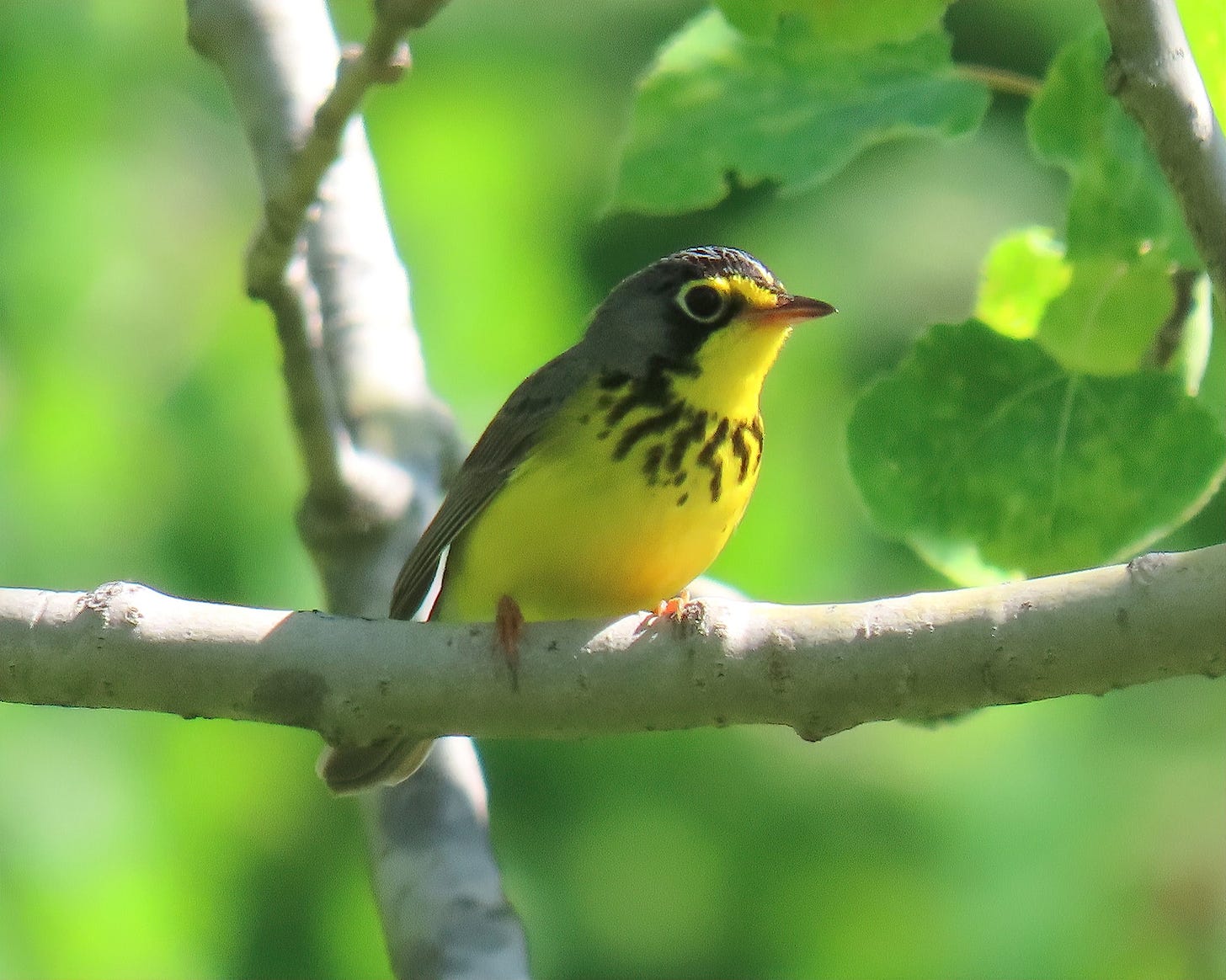
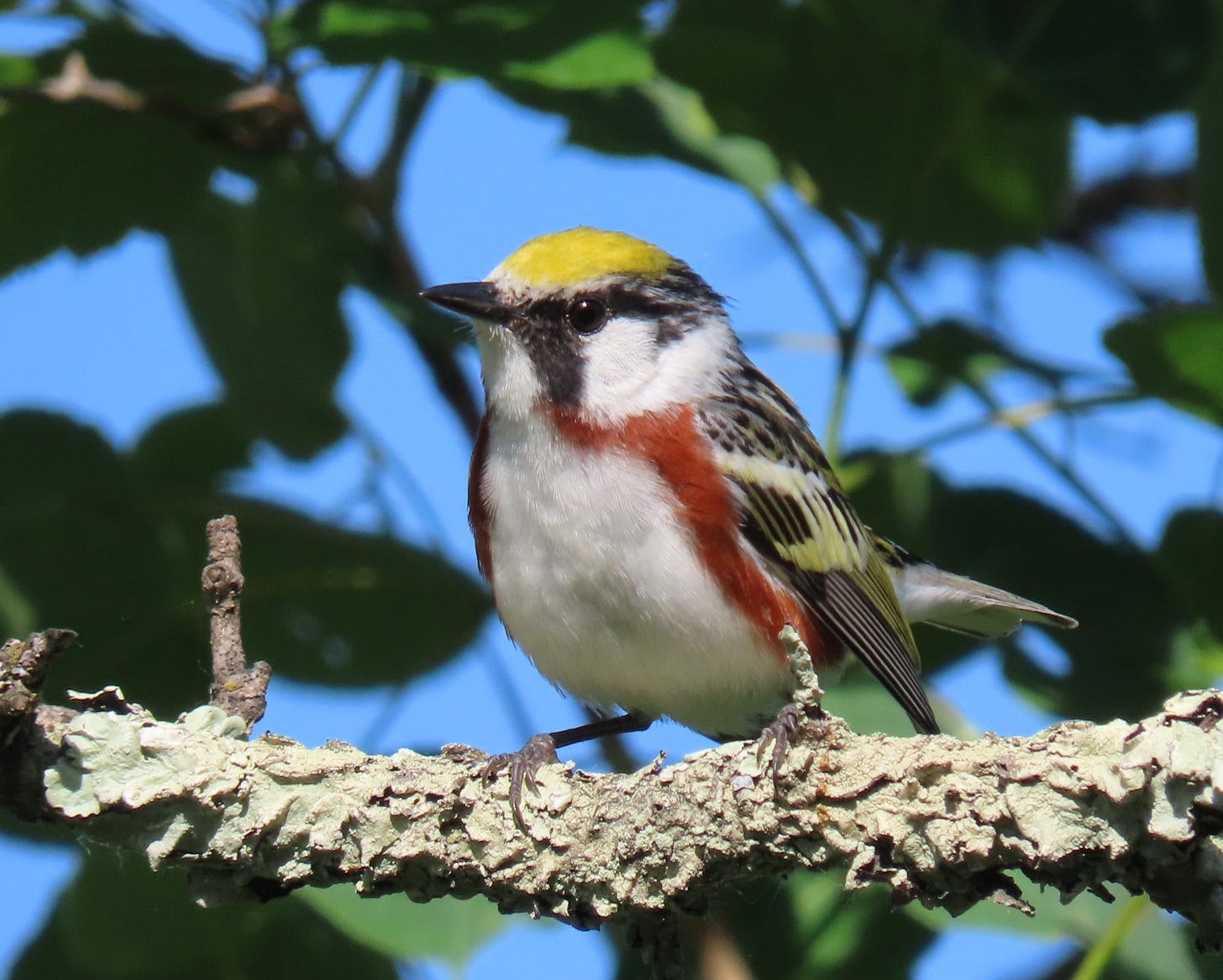
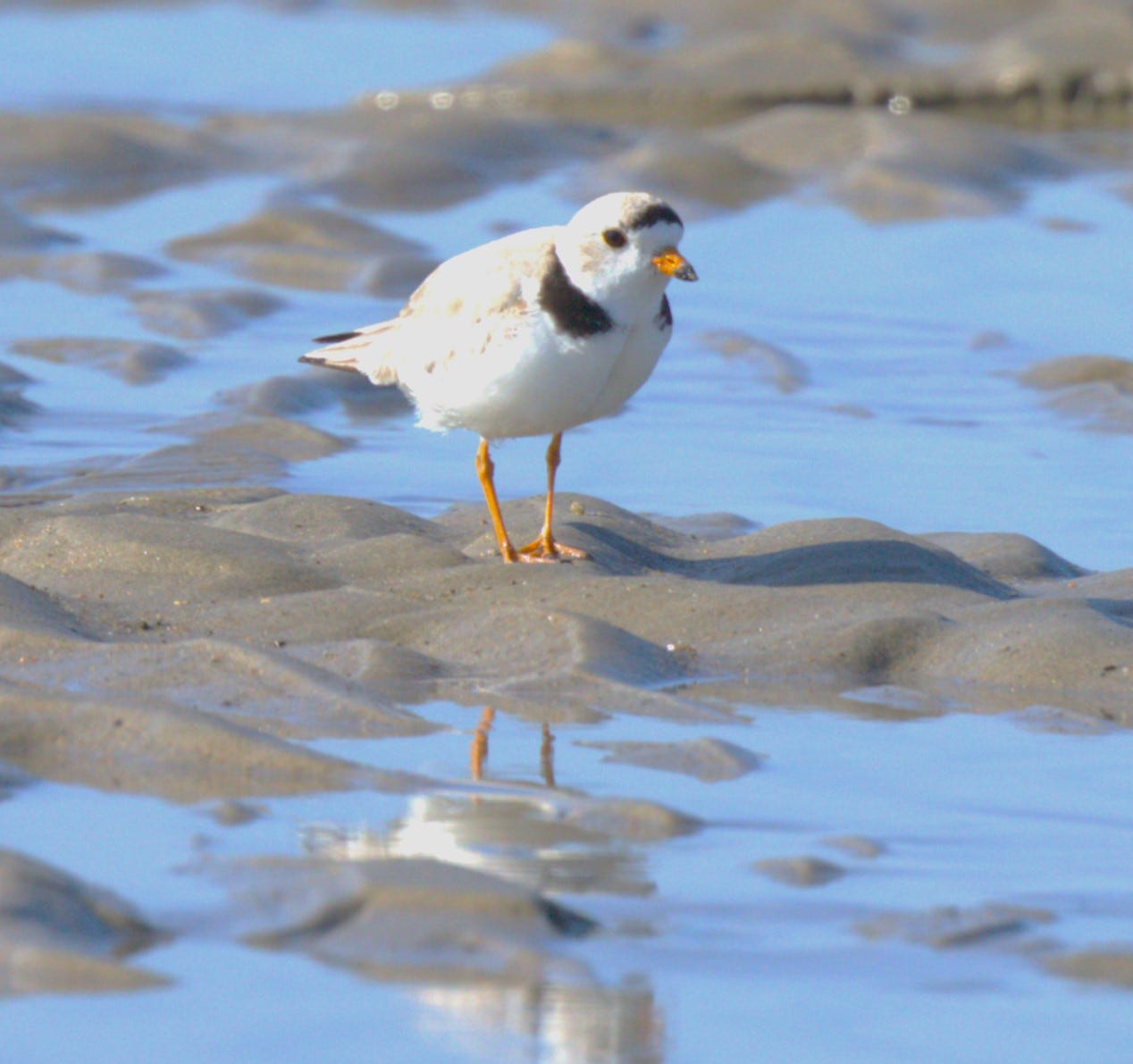
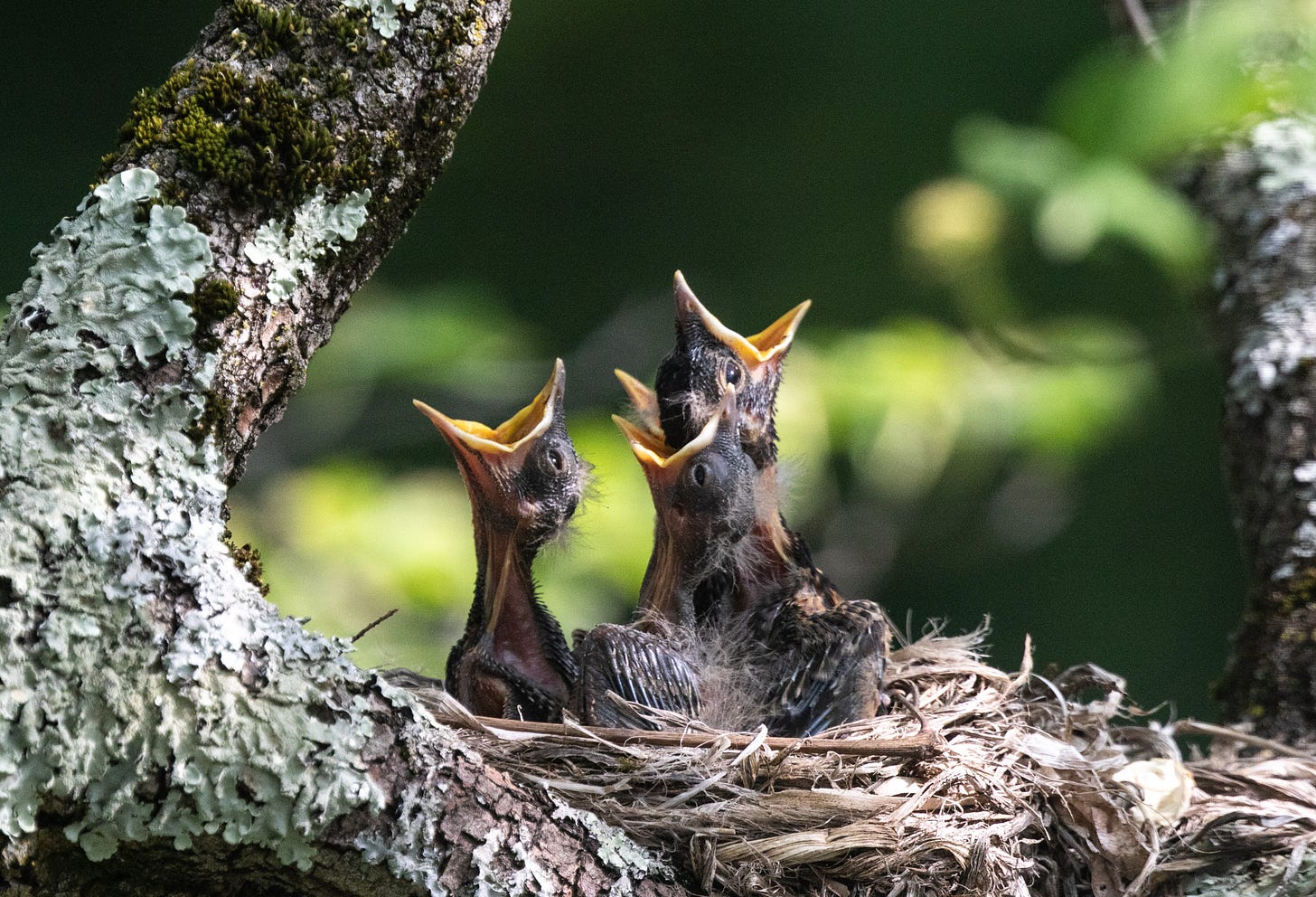

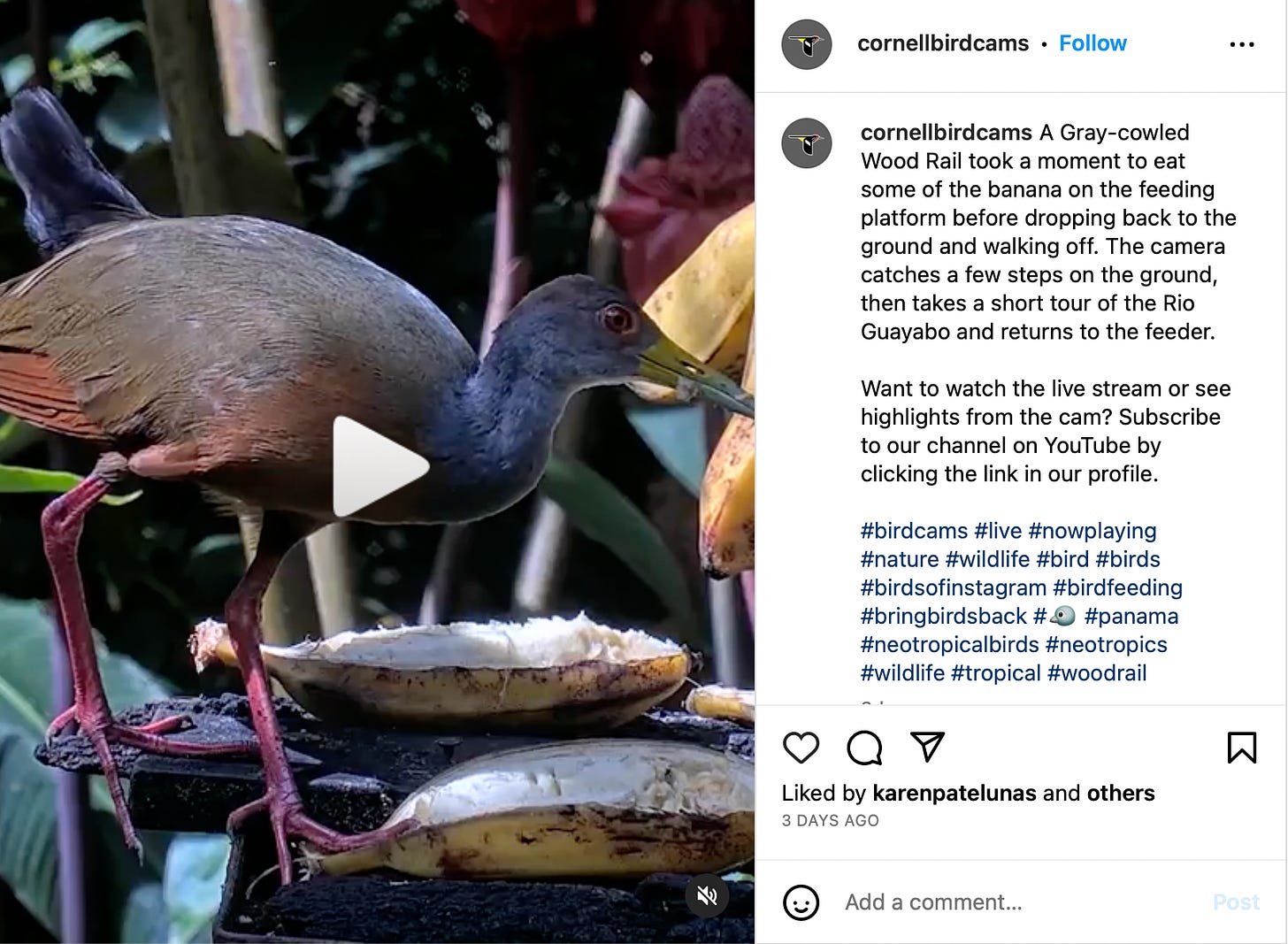

Hi Bill - Apologies for late reply. We are happy to hear you like BNI - thank you! So...there is a huge effort underway to save/reclaim/protect tidal marsh lands along the southeastern coast of the US. So maybe there is some habitat loss or issues in your area? Basically, Snowy and Great Egrets, Little Blues, Tri-colored Herons, Glossy Ibis are of "Least concern" status, so the general population trends are stable. Great Blues have battled contaminants and habitat loss, but it too is listed as "low concern". Maybe with the birds building nests and mating this time of year, they are tied up for these weeks, only to surprise you with lots of juveniles. I will look for articles on the subject. All the best - Hap
Always like our Saturday morning Bird News that come for free with our subscription to John E News Items.
We live on Hilton Head on a large tidal marsh and are noticing a significant decrease in marsh birds like egrets and ibises. Plenty of song birds in our trees but the marsh birds are way down. Any ideas about why this is?
Thanks Bill Byrne